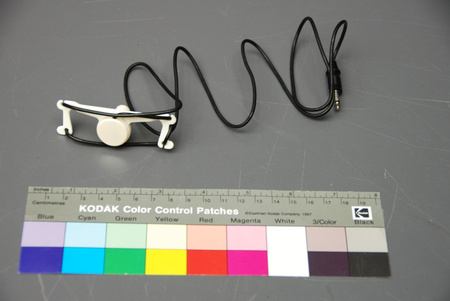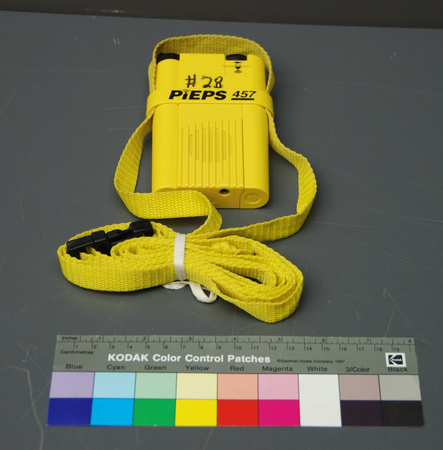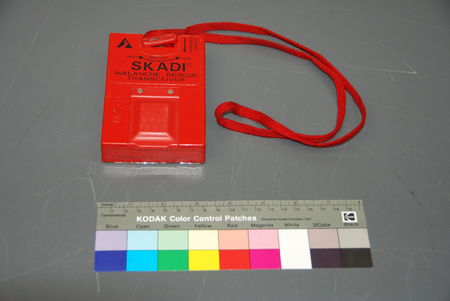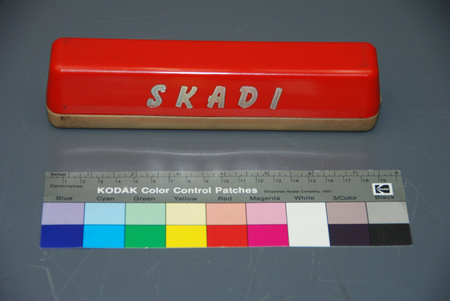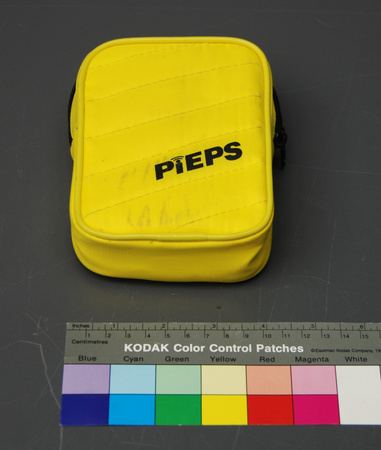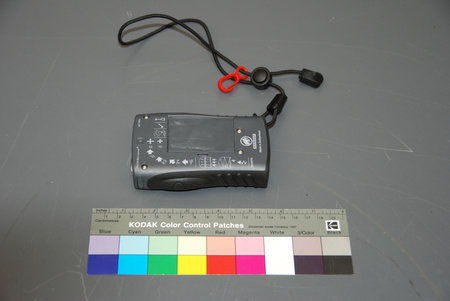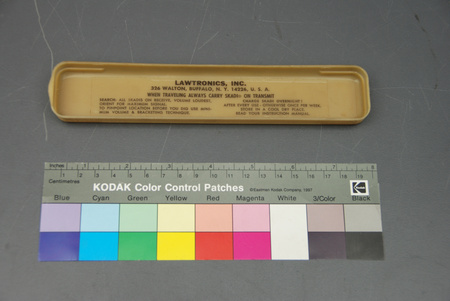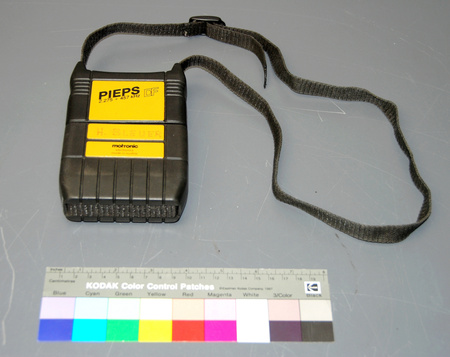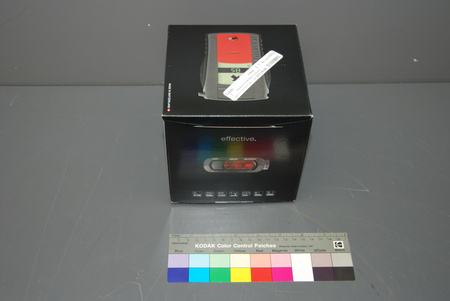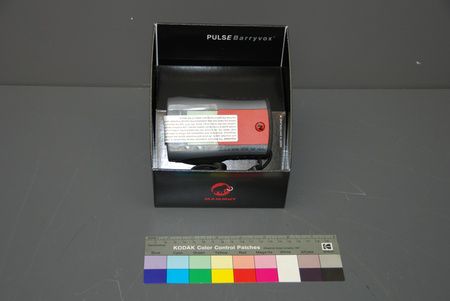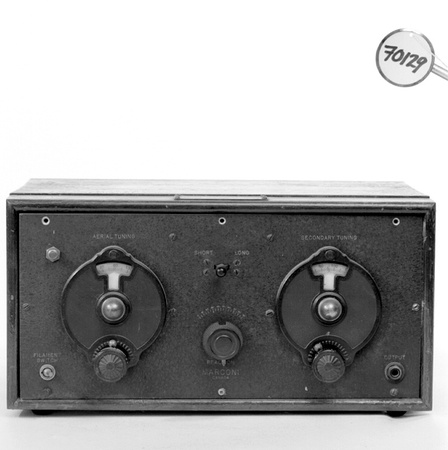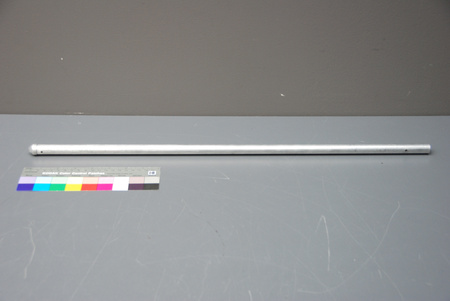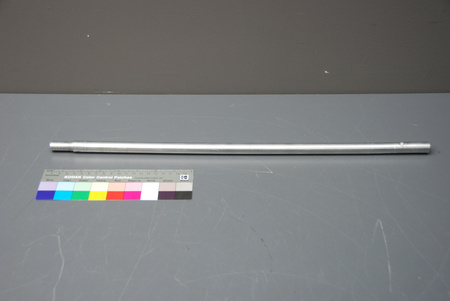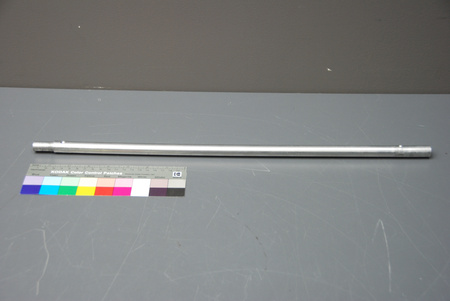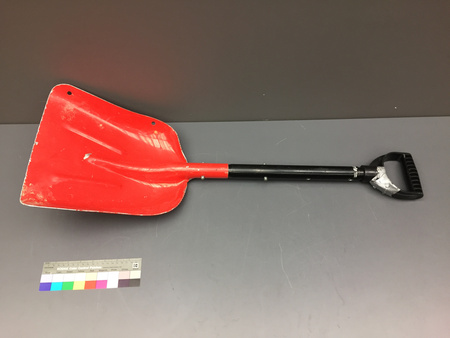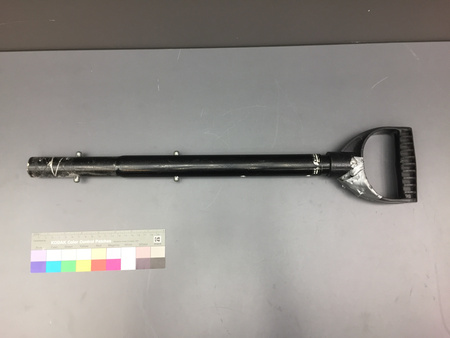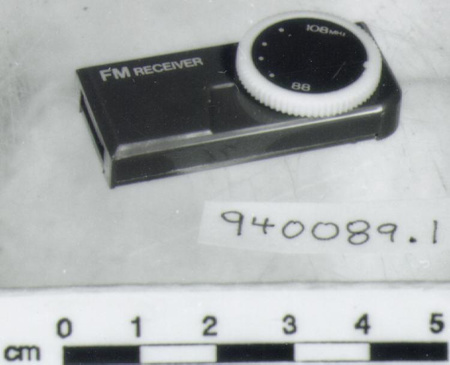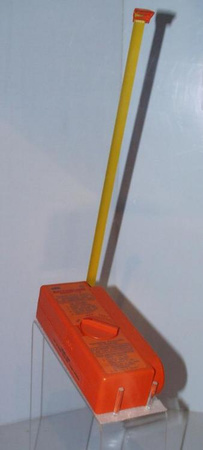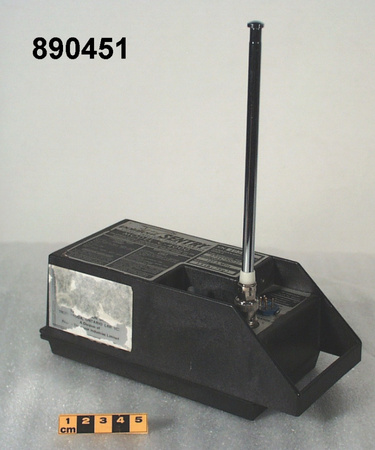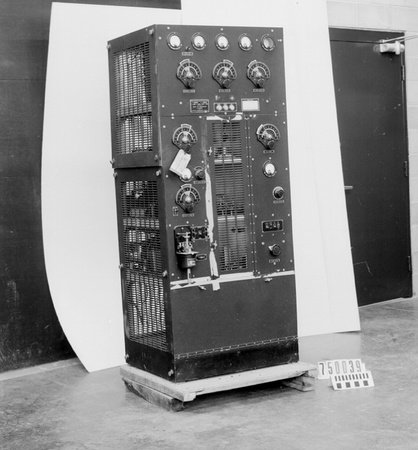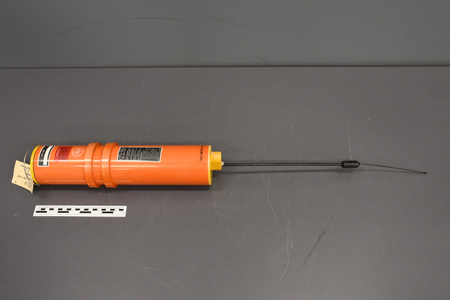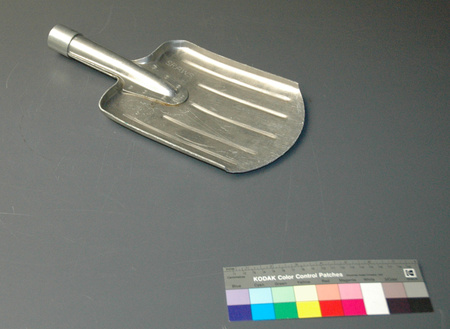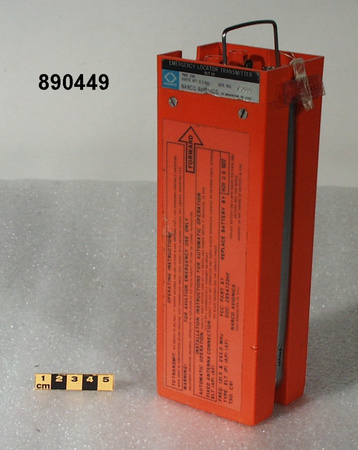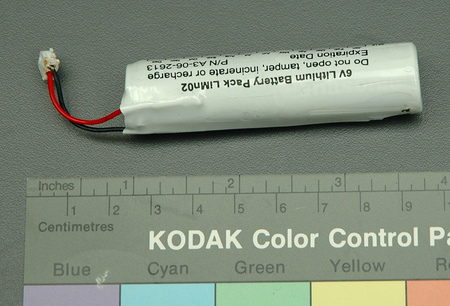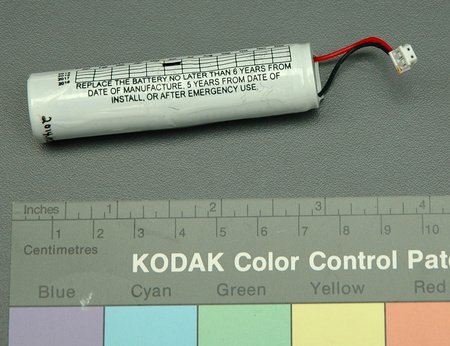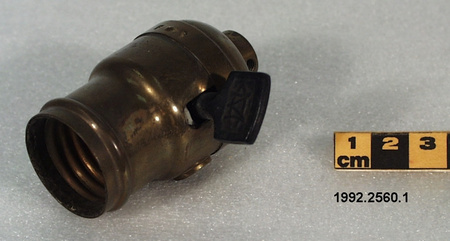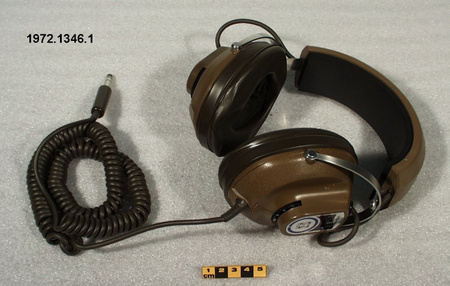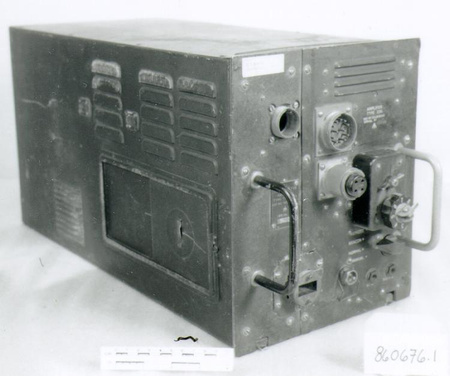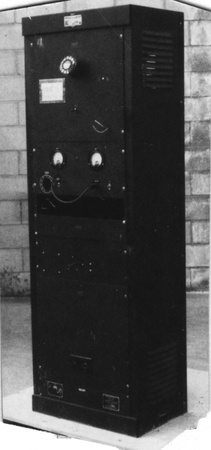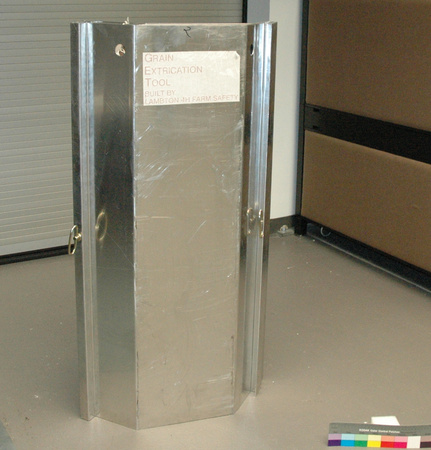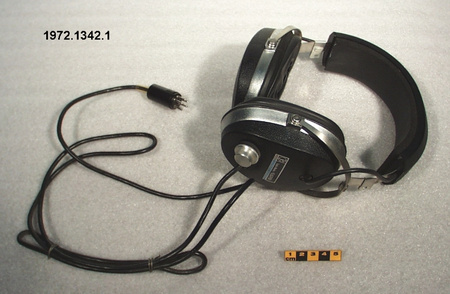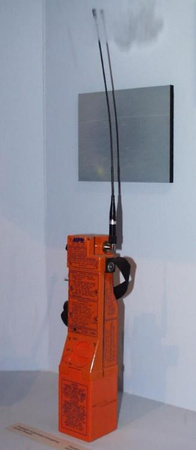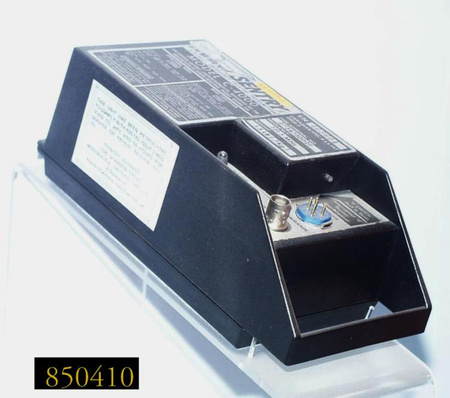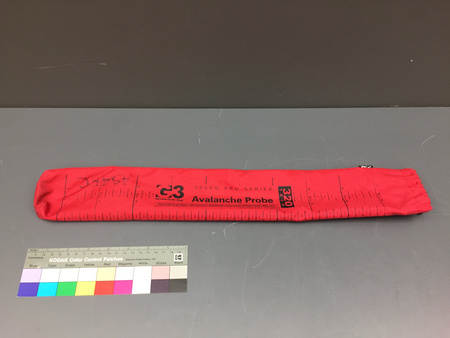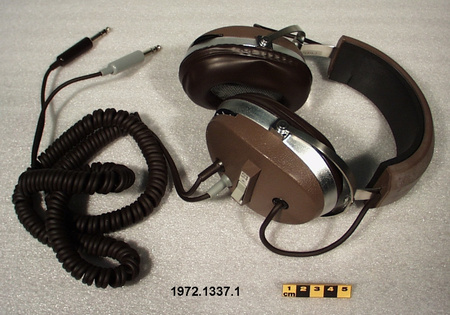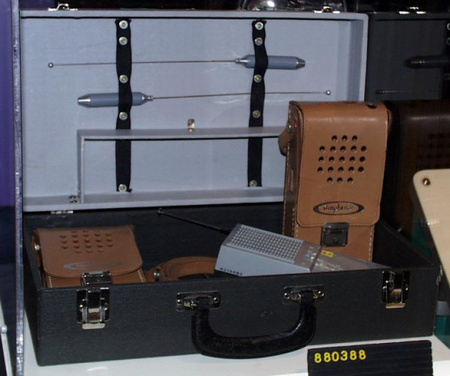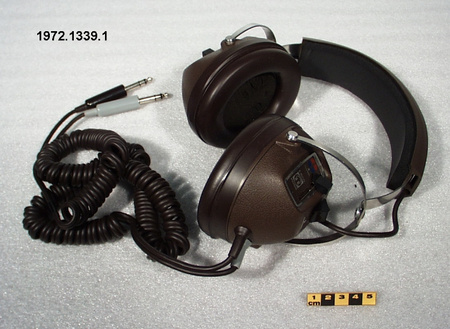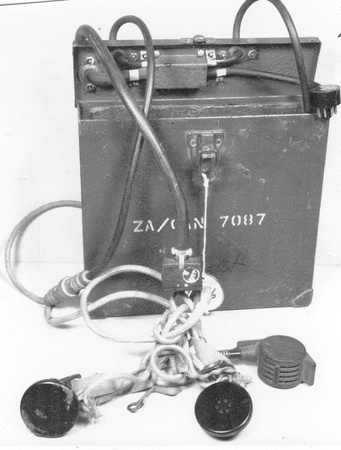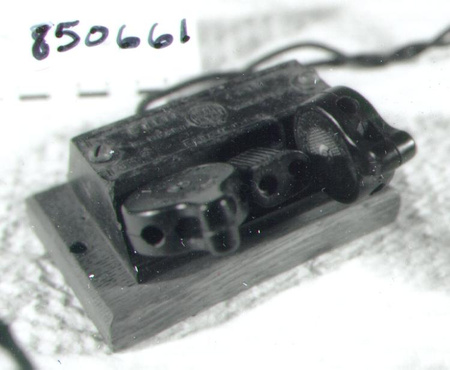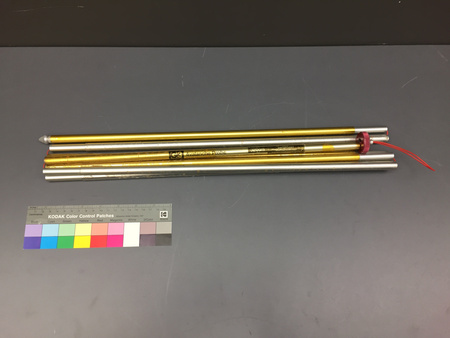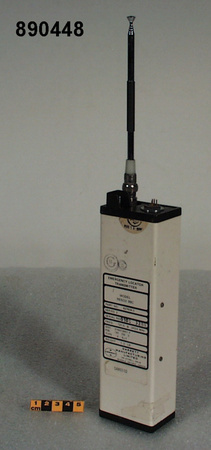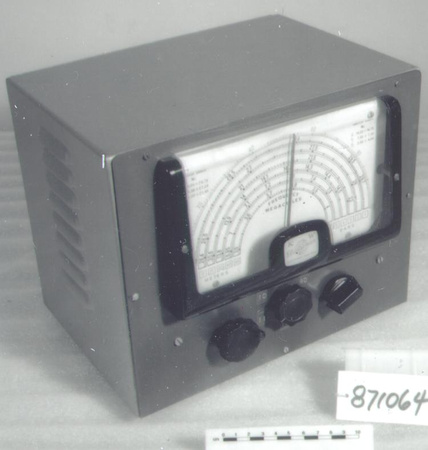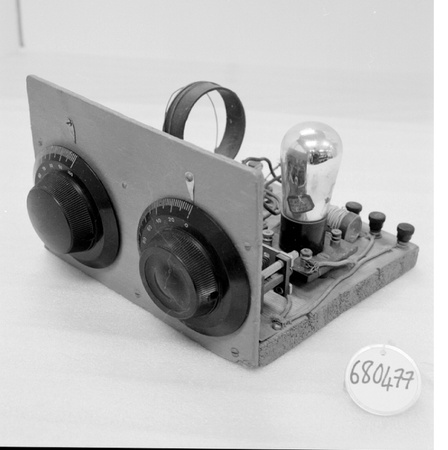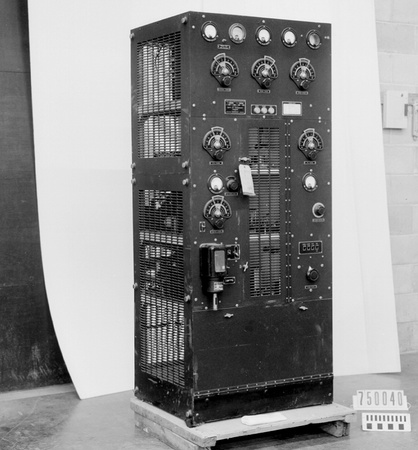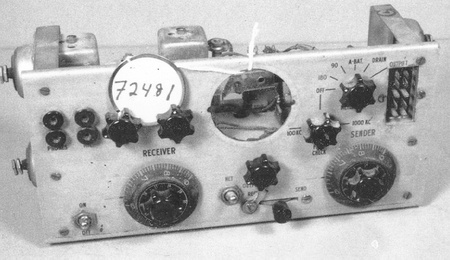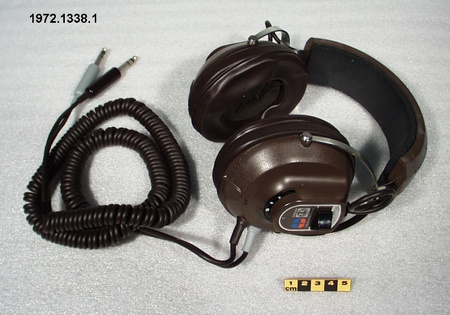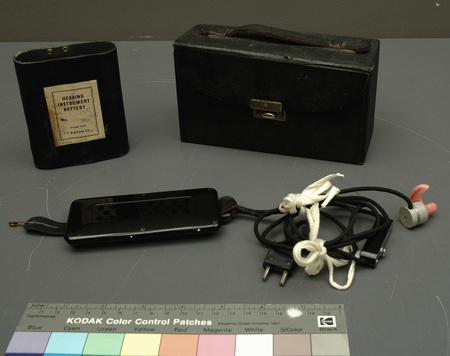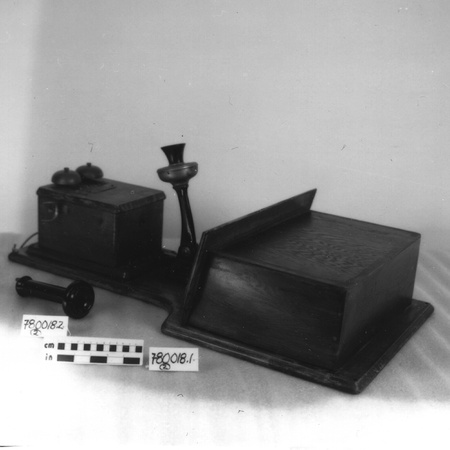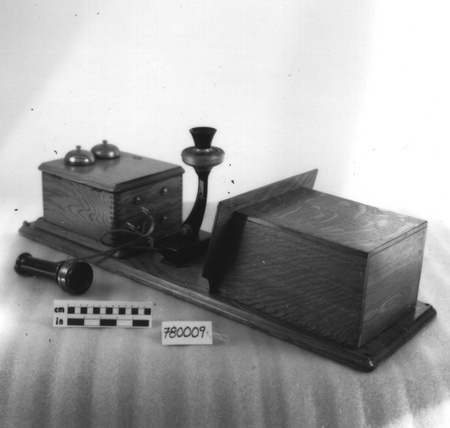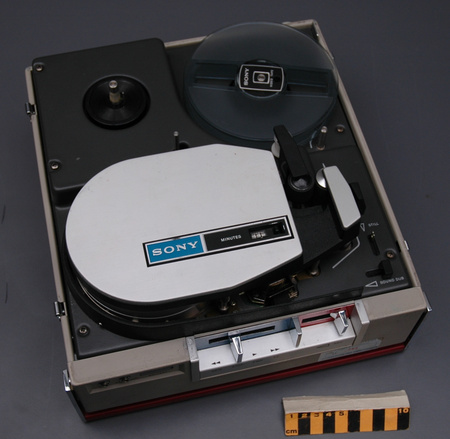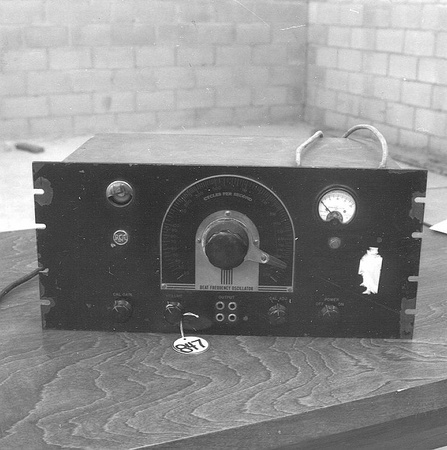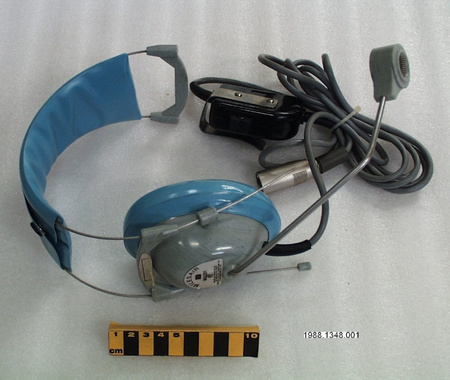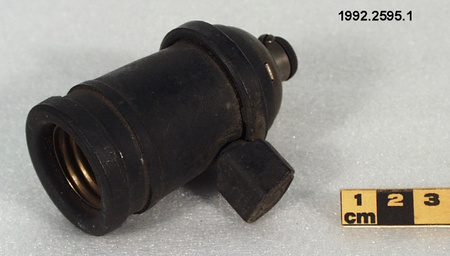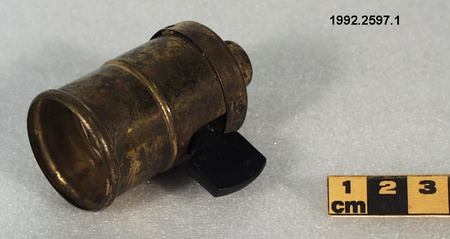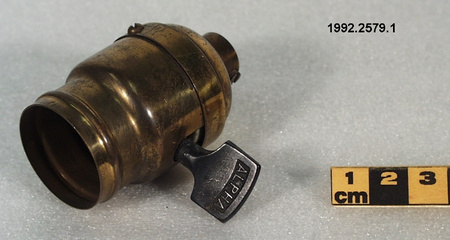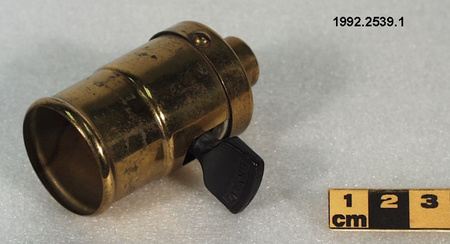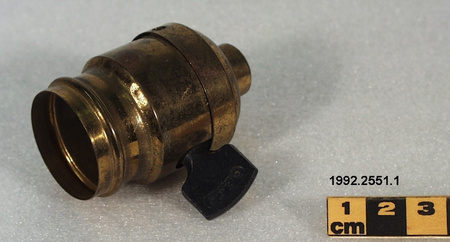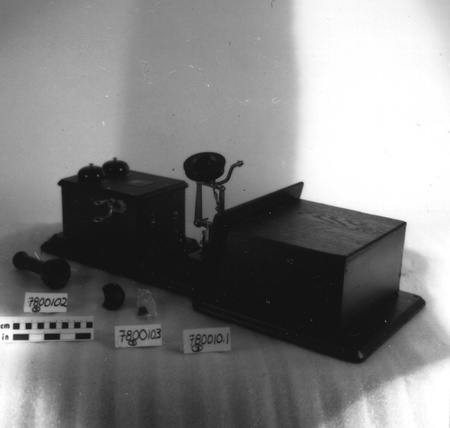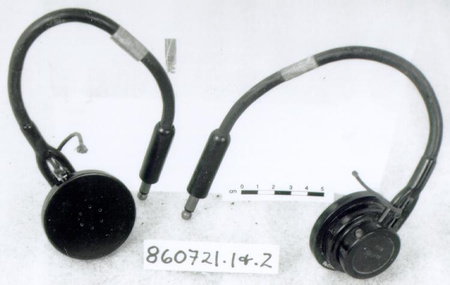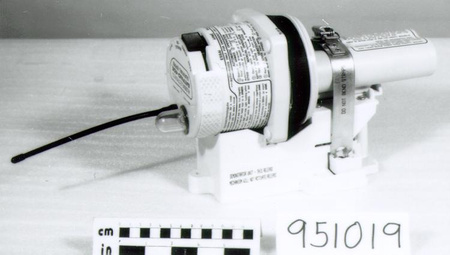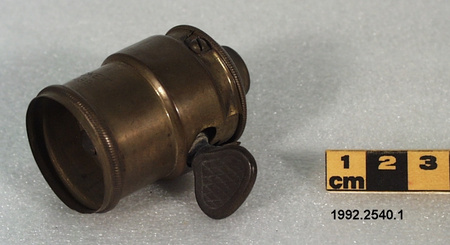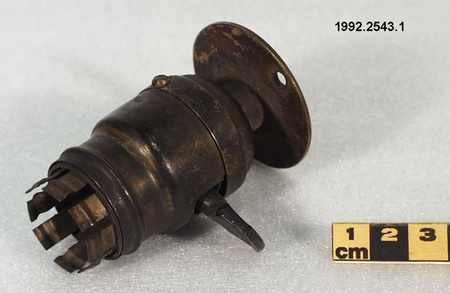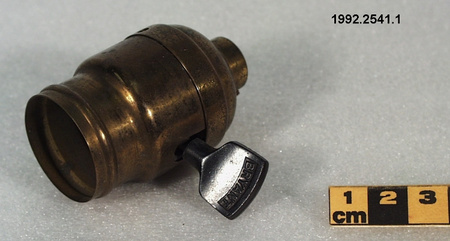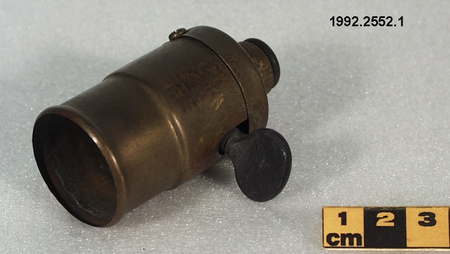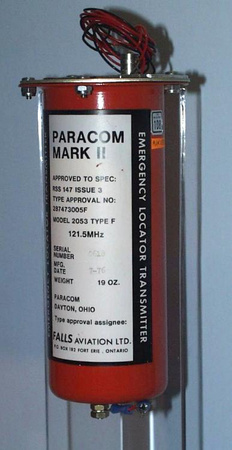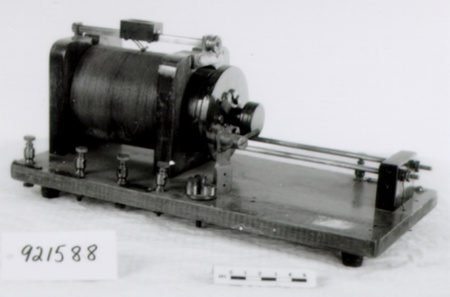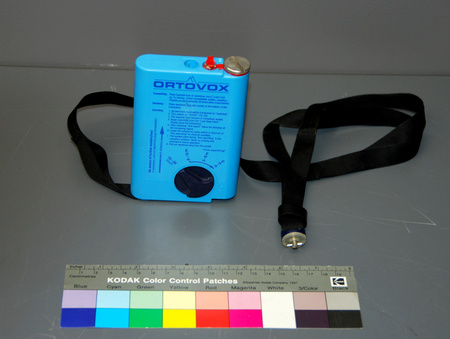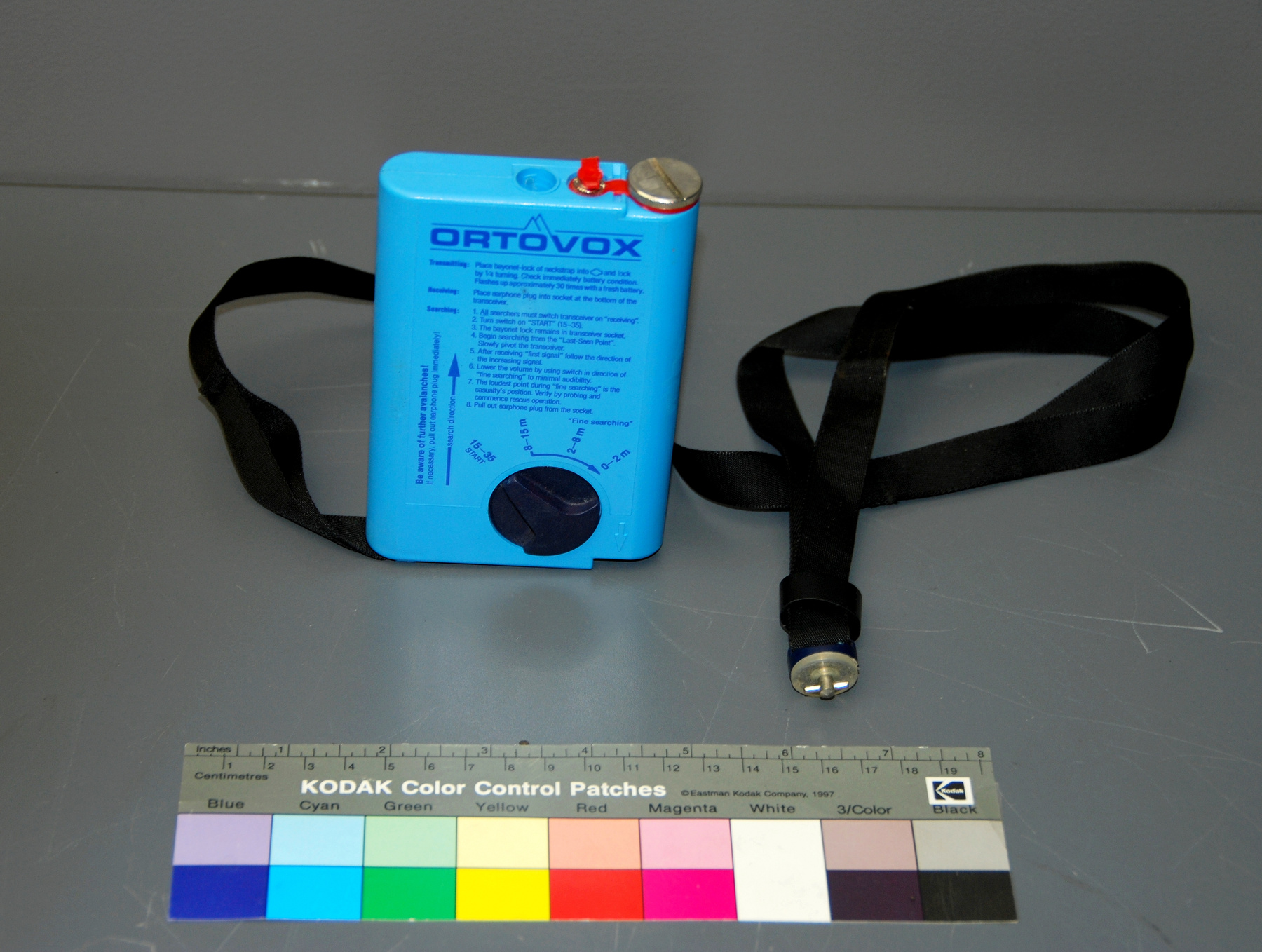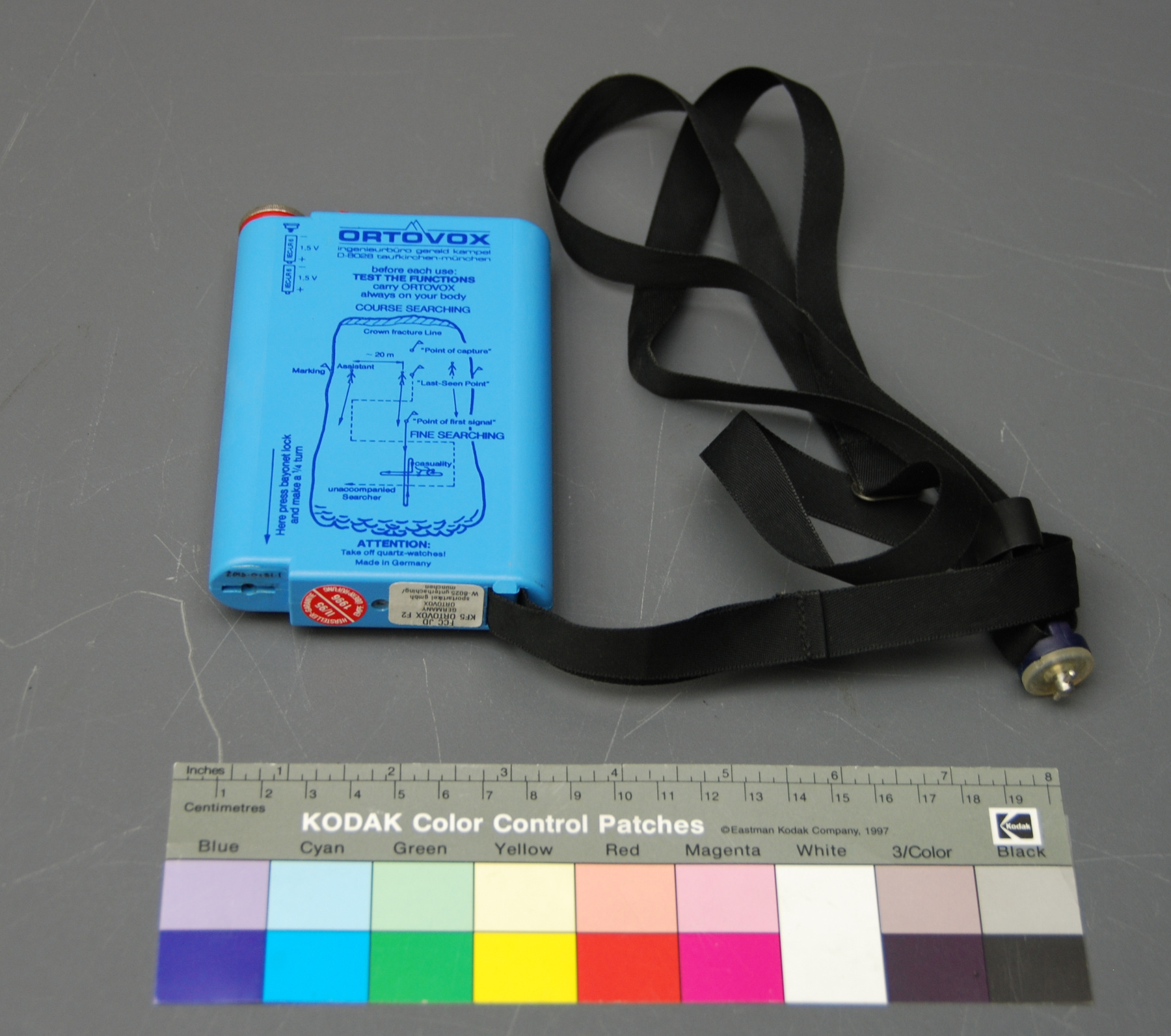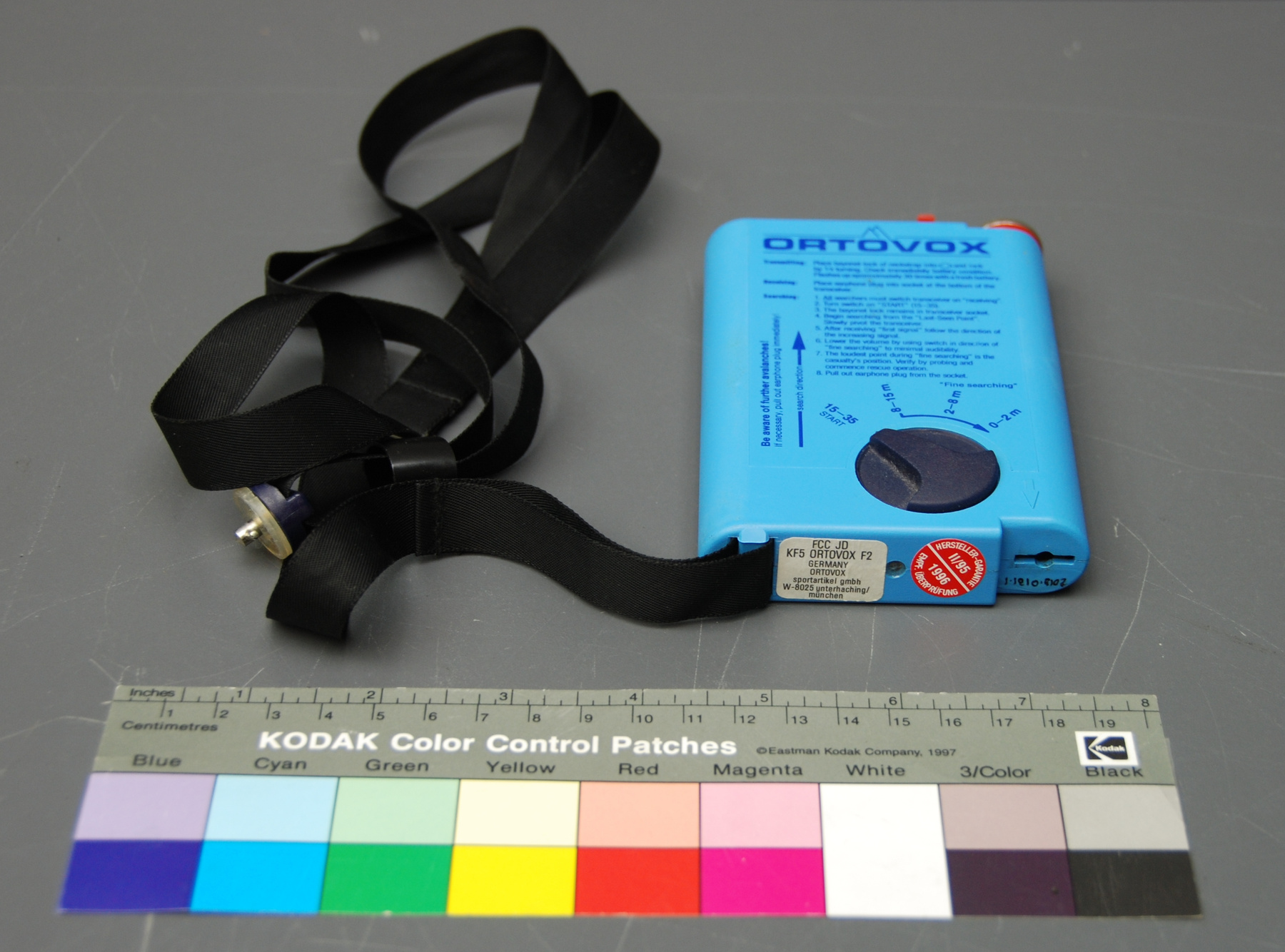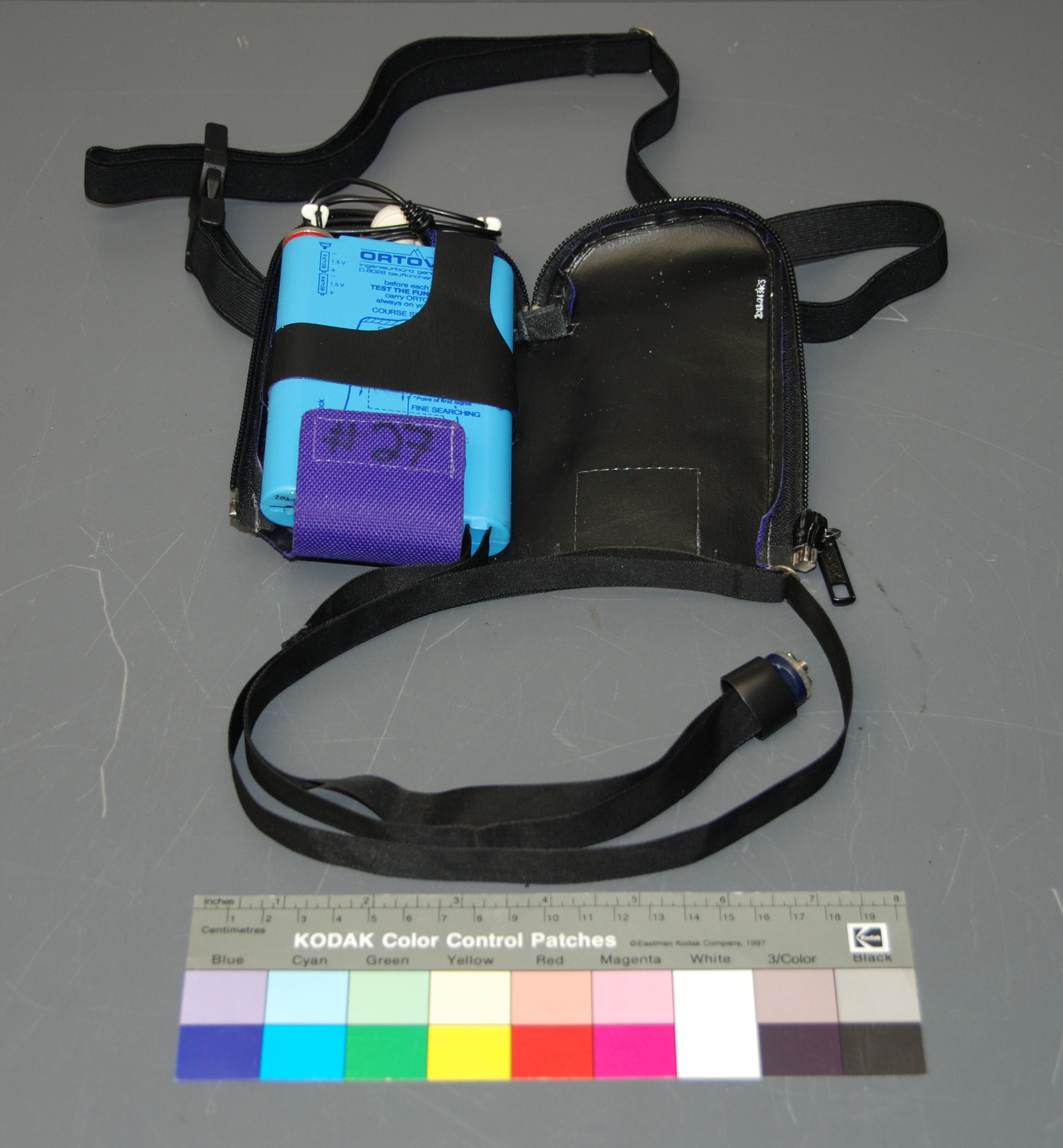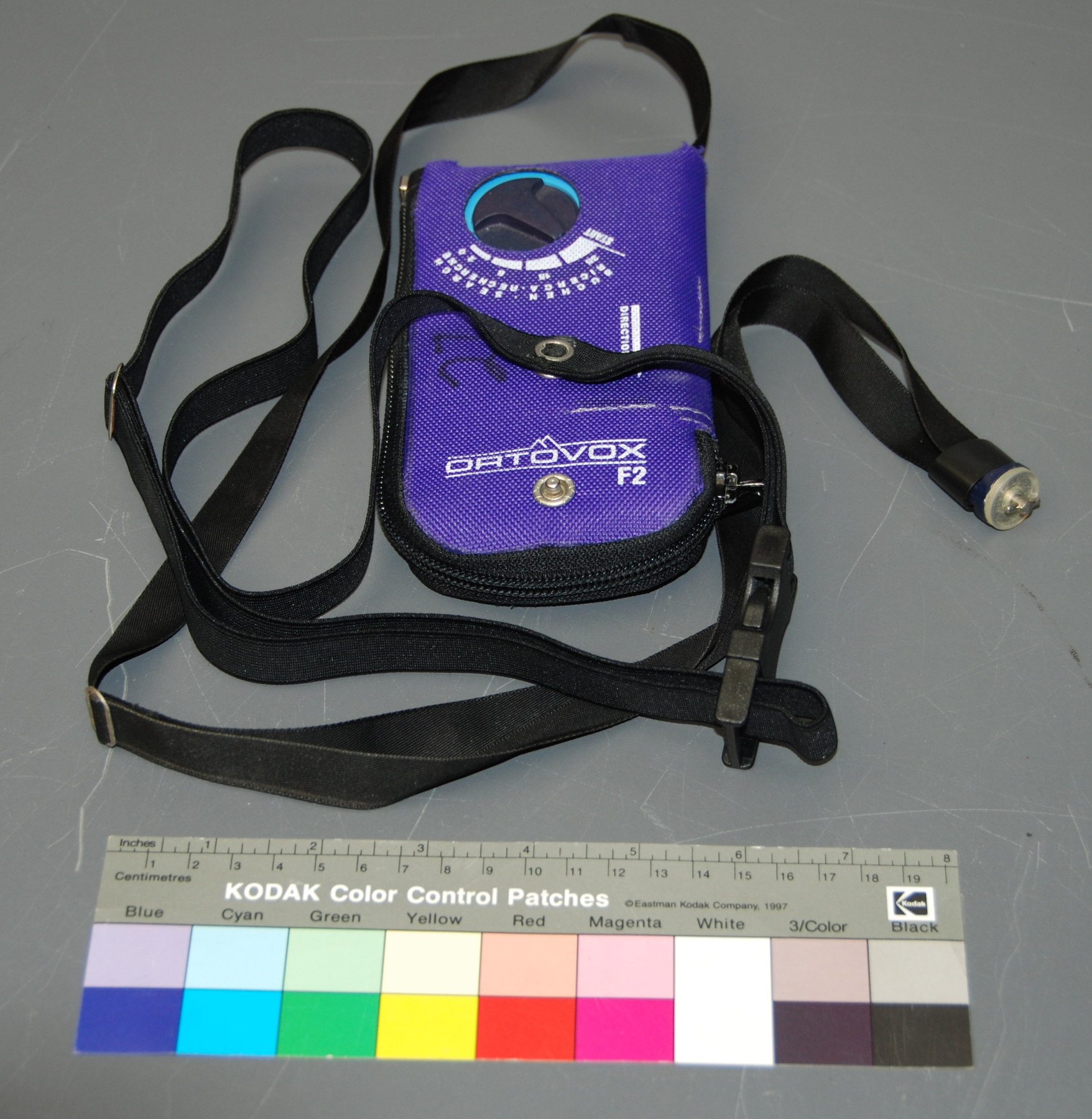Phare
Utiliser cette image
Puis-je réutiliser cette image sans autorisation? Oui
Les images sur le portail de la collection d’Ingenium ont la licence Creative Commons suivante :
Copyright Ingenium / CC BY-NC-ND (Attribution-NonCommercial 4.0 International (CC BY-NC 4.0)
ATTRIBUER CETTE IMAGE
Ingenium,
2013.0131.001
Permalien:
Ingenium diffuse cette image sous le cadre de licence Creative Commons et encourage son téléchargement et sa réutilisation à des fins non commerciales. Veuillez mentionner Ingenium et citer le numéro de l’artefact.
TÉLÉCHARGER L’IMAGEACHETER CETTE IMAGE
Cette image peut être utilisée gratuitement pour des fins non commerciales.
Pour un usage commercial, veuillez consulter nos frais de reproduction et communiquer avec nous pour acheter l’image.
- TYPE D’OBJET
- emergency locator/avalanche rescue
- DATE
- 1995
- NUMÉRO DE L’ARTEFACT
- 2013.0131.001
- FABRICANT
- Ortovox
- MODÈLE
- KF5 Ortovox F2
- EMPLACEMENT
- Allemagne
Plus d’information
Renseignements généraux
- Nº de série
- S/O
- Nº de partie
- 1
- Nombre total de parties
- 3
- Ou
- S/O
- Brevets
- S/O
- Description générale
- Synthetic, fabric and metal
Dimensions
Remarque : Cette information reflète la taille générale pour l’entreposage et ne représente pas nécessairement les véritables dimensions de l’objet.
- Longueur
- 16,2 cm
- Largeur
- 8,8 cm
- Hauteur
- 2,5 cm
- Épaisseur
- S/O
- Poids
- S/O
- Diamètre
- S/O
- Volume
- S/O
Lexique
- Groupe
- Transports terrestres non motorisés
- Catégorie
- Traction humaine
- Sous-catégorie
- S/O
Fabricant
- Ou
- Ortovox
- Pays
- Allemagne
- État/province
- Inconnu
- Ville
- Inconnu
Contexte
- Pays
- Canada
- État/province
- Alberta
- Période
- 1996 – 2000’s
- Canada
-
Taken from reference: 1 An example of a dual frequency beacon model used in Canada, this device was in used by the Parkland Cross Country Ski Club of Red Deer Alberta as part of a fleet of rental devices to club members. http://www.parklandxcskiclub.org/ - Fonction
-
An avalanche rescue beacon (radio transceiver), is a radio transmitter-receiver device used to detect people buried in snow. This analog device broadcasts a pulsed signal as an audible tone which is picked up by users with other beacons and heard wearing the supplied earphone. - Technique
-
Taken from reference: 1 This dual frequency beacon also operates at two frequencies; 2.275 kHz, and 457kHz. “Introduced in 1980, Gerald Kampel and Jürgen Wegner develop the first double frequency transceiver, ORTOVOX F2 for searching avalanche victims. Until then all avalanche transceivers in use would send and receive in different frequencies (2, 275kHz or 457 kHz). This would often lead to fatal avalanche accidents when victims could not be found quickly enough due to differences in frequency. The F2 can send and receive on both frequencies and is received with enthusiasm. Within 2 years of its introduction it became number one on the market”. Source: http://www.ortovox.com/3146--history.html The standard of 457kHz was adopted in 1986 by the International Commission on Alpine Rescue (IKAR), in 1996 by the American Society for Testing and Materials (ASTM), and also by the American National Standards Institute (ANSI). - Notes sur la région
-
Inconnu
Détails
- Marques
- White label on the bottom of unit "FCC JD/ KF5 ORTOVOX F2/ GERMANY/ ORTOVOX/ sportartlikel gmbh/ W-8025 unterhaching[/]/ munchen". Red label beside "HWESTELLER-GARANTIE/ 11[/]95/ 1996/ EMPF. UBERPRUFUNG". Print on front "ORTOVOX/ Transmitting: Place bayonet-lock of neckstrap into [image] and lock/ by 1[/]4 turning. Check immediately battery condition./ Flashes up approximately 30 times with a fresh battery.", "Receiving: Place earphone plug into socket at the bottom of the/ transceiver.", "Searching: 1. All searchers must switch transceiver on "receiving"./ 2. Turn switch on "START" (15-35)./ 3. The bayonet lock remains in transceiver socket.", "4. Begin searching from the "Last-Seen Point"./ Slowly pivot the transceiver.". "5. After receiving "first signal" follow the direction of/ the increasing signal"./ 6. Lower the volume by using switch in direction of/ "fine searching" to minimal audibility."/ 7. The loudest point during "fine searching" is the/ casualty's position. Verify by probing and/ commence rescue operation."/ 8. Pull out earphone plug from the socket.", "Fine searching", "Be aware of further avalanches!/ if necessary, pull out earphone plug immediately!", "search direction". Print on back of unit "ORTOVOX", "ingenieurburo gerald kampel/ D-8028 taufkirchen-munchen", "before each use:/ TEST THE FUNCTIONS/ carry ORTOVOX/ always on your body/ COURSE SEARCHING". There is a diagram for a search pattern.
- Manque
- S/O
- Fini
- Medium blue synthetic casing with same colour label with darker blue print. Black synthetic dial and black fabric strap secured by a metal clip. Metal fastener at the end of the strap. Metal door for batteries. Red synthetic plug where earphone are plugged in.
- Décoration
- S/O
FAIRE RÉFÉRENCE À CET OBJET
Si vous souhaitez publier de l’information sur cet objet de collection, veuillez indiquer ce qui suit :
Ortovox, Phare, 1995, Numéro de l'artefact 2013.0131, Ingenium - Musées des sciences et de l'innovation du Canada, http://collection.ingenium.ca/fr/id/2013.0131.001/
RÉTROACTION
Envoyer une question ou un commentaire sur cet artefact.
Plus comme ceci
